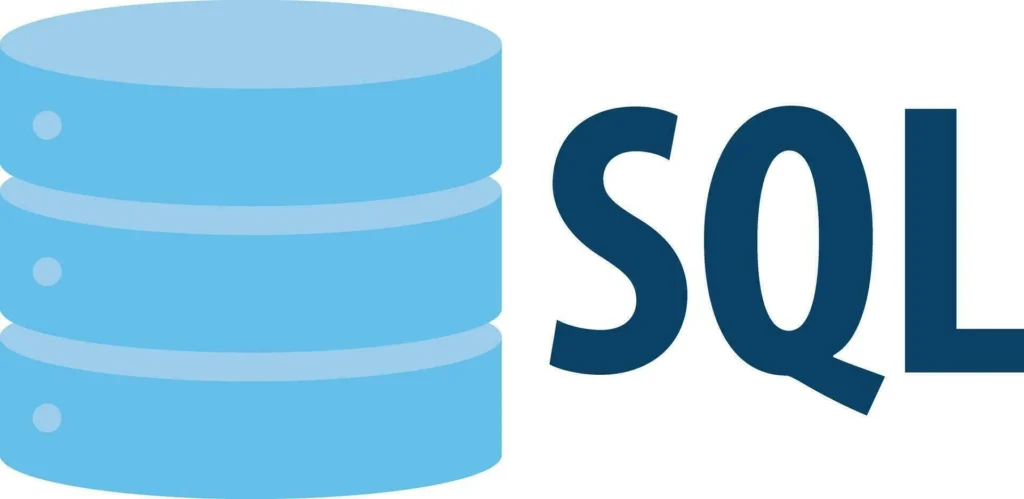The data revolution is upon us! No longer confined to the dusty corners of research labs, data is now the lifeblood of nearly every industry. This surge has created a booming demand for skilled professionals who can unlock its potential. But with a sea of titles like Data Scientist, Data Engineer, and Data Analyst, how do you know which wave to ride?
This isn’t just about picking a “cool” job title (although, let’s be honest, they do sound pretty impressive). It’s about finding the right fit for your skills, interests, and career aspirations.
So, let’s dive in and demystify these data-driven roles!
Unpacking the Data Trio: Skills and Responsibilities
While there’s overlap, each role requires a unique set of skills and tackles distinct challenges:
1. The Data Engineer: Architecture of the Data Pipeline

Think of Data Engineers as the master builders of the data world. They design, construct, and maintain the complex infrastructure that houses, cleans, and prepares data for analysis. They’re the ones who ensure a smooth, reliable flow of data – kind of like ensuring the pipes in a house are working perfectly, except instead of water, it’s terabytes of information!
Key Skills for Data Engineers:
- Strong programming skills: Python, Java, Scala are your weapons of choice.
- Database expertise: SQL and NoSQL databases hold no secrets.
- Cloud computing: AWS, Azure, GCP – you’re fluent in the language of the cloud.
- Data warehousing and ETL processes: You know how to build robust pipelines.
- Data Engineering Concepts: You are familiar with concepts like data modeling, data governance, and data security.
2. The Data Scientist: Extracting Insights, Telling the Story

If Data Engineers are the architects, then Data Scientists are the detectives and storytellers. They analyze vast datasets, searching for patterns, trends, and anomalies that can answer critical business questions, make predictions, and drive informed decision-making. They then communicate those findings in a way that even your non-technical colleagues can understand.
Key Skills for Data Scientists:
- Statistical modeling and machine learning: You speak the language of algorithms.
- Programming skills: Python and R are your trusty sidekicks.
- Data visualization: You can turn raw data into compelling visuals.
- Business acumen: You can translate data into actionable insights.
- Data Science Tools: You are proficient with tools like TensorFlow, PyTorch, and scikit-learn.
3. The Data Analyst: Diving Deep, Finding the “Why”

Data Analysts are like the detectives of the data world, but they usually focus on specific areas within an organization. They delve into data to understand past trends, performance, and user behavior. Their findings help optimize processes, improve efficiency, and inform strategic choices.
Key Skills for Data Analysts:
- Data querying languages: SQL is your bread and butter.
- Data visualization tools: You create dashboards that tell a story.
- Spreadsheet mastery: Excel is your playground.
- Analytical and critical thinking: You have a knack for connecting the dots.
- Communication skills: You can clearly explain your findings to both technical and non-technical audiences.
The Rise of the Data Professionals: A Growing Trend
The demand for Data Scientists, Data Engineers, and Data Analysts has exploded in recent years. Why? Because data is everywhere!
From optimizing logistics and predicting customer behavior to personalizing healthcare and developing self-driving cars, data is transforming every facet of our world. And as the volume of data continues to grow exponentially, so too will the need for skilled professionals who can harness its power.
This isn’t just a fleeting trend; it’s a fundamental shift in how businesses and organizations operate. A career in data isn’t just promising; it’s future-proof!
Charting Your Course: The Optimal Roadmap for Data Careers
You’re convinced a data career is the right move (excellent choice!). But how do you get there? Don’t worry, we’ve got you covered with a roadmap to guide you:
1. Laying the Foundation: Education & Foundational Skills
- Data Analyst: A bachelor’s degree in a field like mathematics, statistics, economics, or computer science is often sufficient. Focus on building strong analytical skills and gaining proficiency in SQL and data visualization tools.
- Data Scientist: While a bachelor’s degree can get you started, a master’s degree or Ph.D. in a data-heavy field like statistics, computer science, or applied mathematics is becoming increasingly common, especially for research-intensive roles. Dive deep into machine learning, statistical modeling, and gain practical experience with data science tools and programming languages.
- Data Engineer: A bachelor’s degree in computer science, software engineering, or a related field is a strong foundation. Hone your programming skills (especially Python, Java, or Scala), master database technologies, and gain hands-on experience with cloud platforms and data warehousing tools.
2. Building Your Arsenal: Technical Skills & Projects
No matter your chosen path, hands-on experience is key. Here’s how to gain it:
- Personal Projects: Develop your own projects using publicly available datasets. This is a great way to demonstrate your skills and build a portfolio that stands out.
- Online Courses & Certifications: Platforms like Coursera, Udacity, and DataCamp offer high-quality courses and certifications to boost your skills and credibility.
- Internships: Gain real-world experience by interning at companies with established data teams.
3. Networking & Building Connections:
- Attend industry events and conferences: These events offer invaluable opportunities to learn, connect with other professionals, and stay ahead of the curve.
- Join online communities and forums: Engage in discussions, ask questions, and share your knowledge.
4. Showcasing Your Skills: The Art of the Data Resume and Portfolio
- Highlight relevant skills and experience: Tailor your resume to specific job descriptions, using keywords and quantifiable achievements to demonstrate your impact.
- Build a portfolio of projects: This is your chance to showcase your skills and creativity. Include projects that demonstrate your ability to solve real-world problems using data.
AI & LLMs: The Next Frontier for Data Professionals
Remember those “cool job titles” we mentioned? Well, they just got even cooler. The rise of Artificial Intelligence (AI) and Large Language Models (LLMs) like OpenAI is adding a whole new dimension to these roles.
Data Engineers are at the forefront, building the infrastructure to train, deploy, and manage these powerful AI/ML models. Data Scientists are leveraging AI and LLMs to build more sophisticated models and generate insights that were previously unimaginable. Even Data Analysts are utilizing AI-powered tools to automate tasks, perform deeper analysis, and uncover hidden patterns.
In essence, AI and LLMs such as Gemini are not replacing these roles; they are supercharging them. The future belongs to data professionals who can ride this wave of innovation.
So, Which Data Path Will You Choose?
Choosing the right data career path is a personal decision. Consider your strengths, interests, and long-term career goals.
- Do you enjoy the challenge of building complex systems? Data Engineering might be your calling.
- Are you fascinated by uncovering hidden patterns and making predictions? A Data Science career could be your perfect match.
- Do you love diving deep into data to answer specific questions and solve business problems? Data Analyst might be the role for you.
No matter which path you choose, a career in data offers the opportunity to make a real-world impact, be at the forefront of innovation, and be part of a rapidly growing and evolving field.
So, what are you waiting for? Dive into the exciting world of data and start shaping the future, one dataset at a time.


